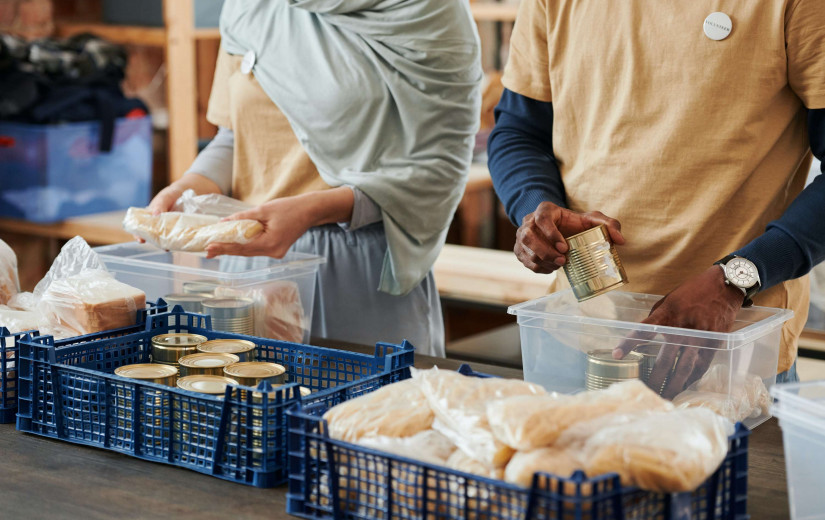Balancing Choice and Responsibility in SNAP Reform
Few government programs garner as much debate as the Supplemental Nutrition Assistance Program (SNAP), commonly known as food stamps.
The latest controversy surrounds the question of whether SNAP recipients should have restrictions on the types of food they can purchase, particularly when it comes to snacks and sodas.
While this proposal may seem reasonable at first glance, a deeper consideration is necessary to ensure that any reforms to SNAP balance the temporary support it provides to recipients with their long-term self-sufficiency and personal agency.
Established in 1964 as part of President Lyndon B. Johnson's War on Poverty, SNAP has become one of the nation's most extensive safety-net programs, aiding more than 42 million Americans. It offers essential assistance to low-income individuals and families who struggle to afford nutritious meals.
However, critics argue that SNAP's permissive guidelines allow for the purchase of unhealthy foods, contributing to health issues such as obesity and diabetes among recipients.
Advocates for SNAP reform argue that restricting the types of food that can be purchased with SNAP benefits would promote healthier choices and combat the rising obesity rates in the country.
They propose limiting the use of SNAP funds to only healthier food options, excluding snacks and sugary beverages. Proponents of this approach believe that it would not only improve the health of SNAP recipients but also ensure that taxpayers' money is utilized responsibly.
However, such restrictions raise concerns about personal agency and individual choice. SNAP was primarily aimed at alleviating hunger and food insecurity, and limiting food options may clash with the program's underlying principles.
Advocates for maintaining the current flexibilities within SNAP argue that recipients should have the freedom to make their own dietary choices, just like any other individual.
Finding a middle ground between these competing interests is crucial. SNAP reform should prioritize providing access to healthy foods while also promoting self-sufficiency and personal responsibility.
This can be achieved through education programs within SNAP that focus on nutrition and healthy eating habits, empowering recipients to make informed choices about their diets.
Additionally, efforts should be made to address the root causes of food insecurity and poverty. SNAP reform alone cannot solve the complex issue of hunger in America.
By investing in job training, education, and economic opportunities, policymakers can help recipients transition from SNAP to self-sufficiency, ensuring that the program serves as a stepping stone rather than a long-term crutch.
In conclusion, reforming SNAP without big-government edicts requires a delicate balance between supporting recipients' agency and choice while promoting healthier food options.
By providing education and addressing the root causes of poverty, SNAP can become a more effective tool in combating food insecurity and empowering individuals to achieve long-term self-sufficiency.

















